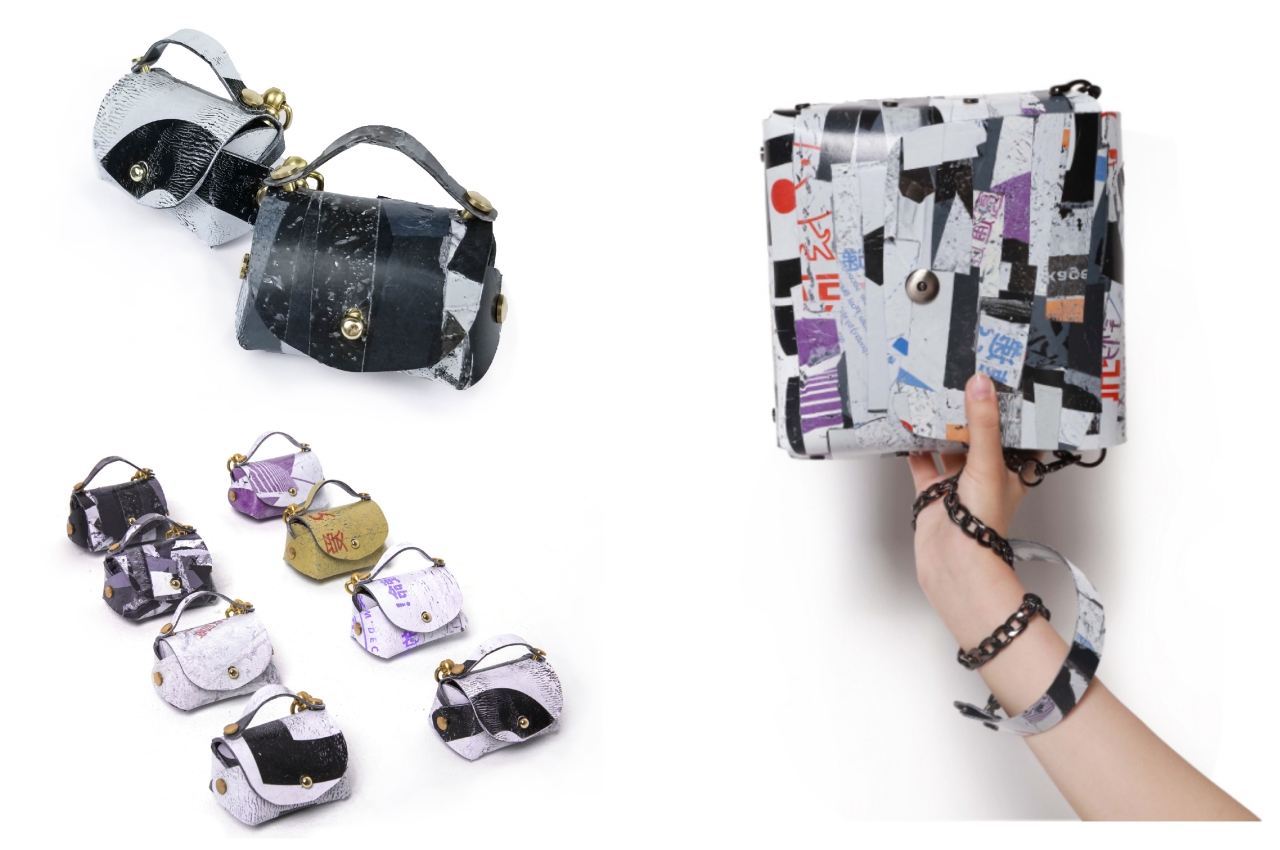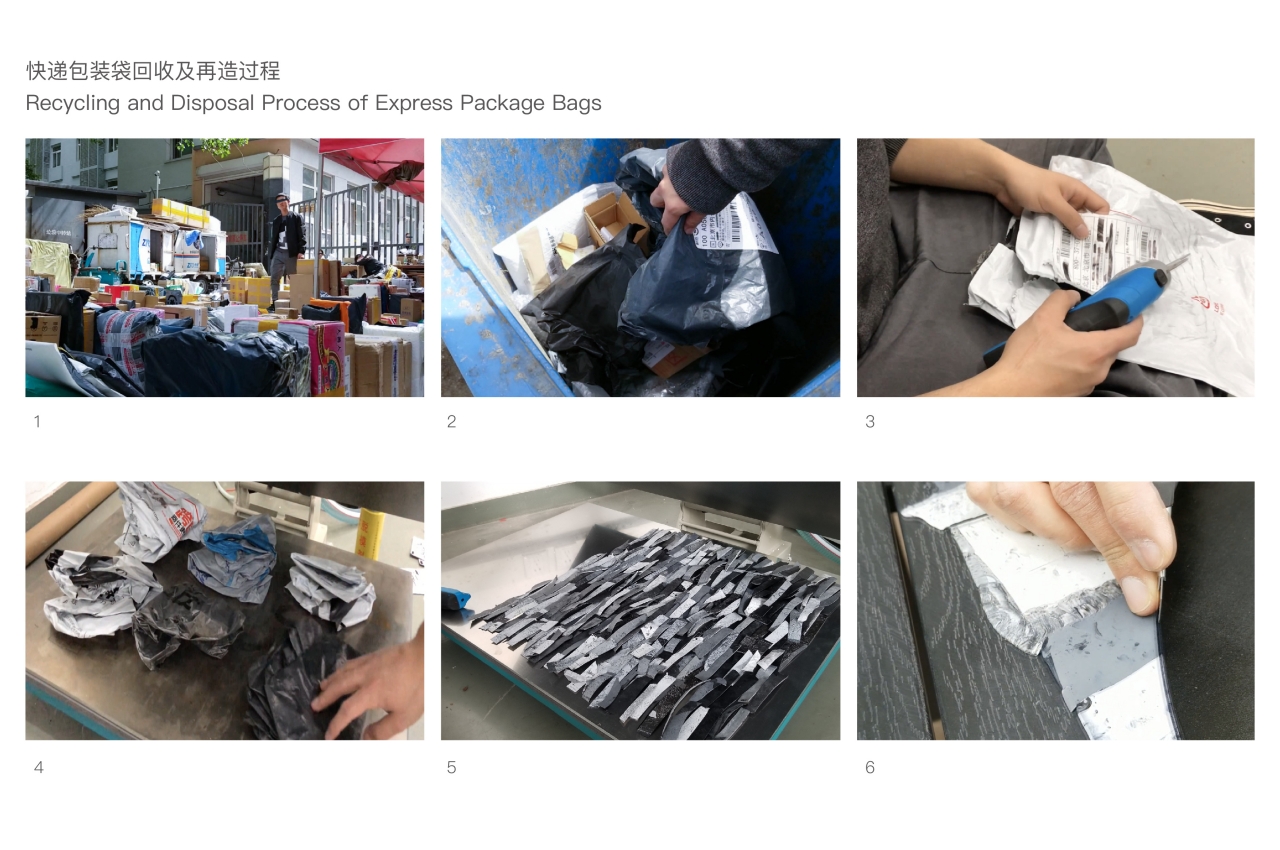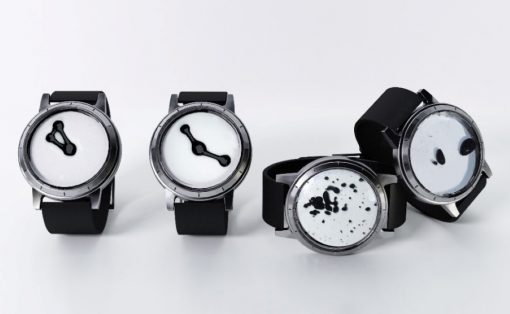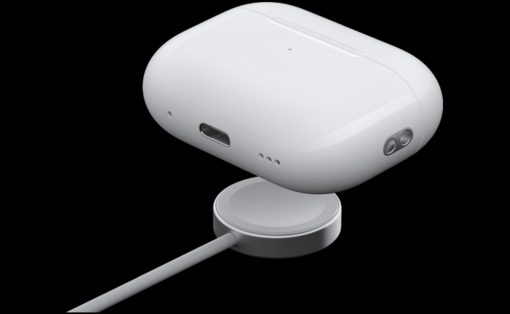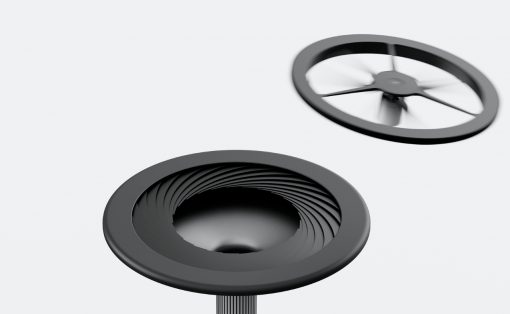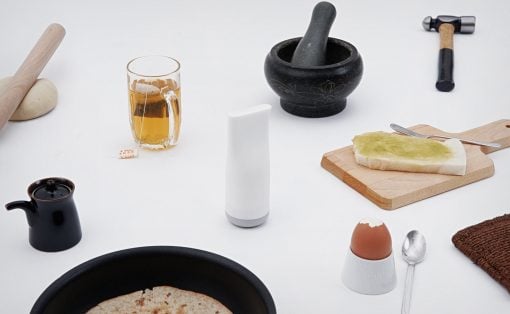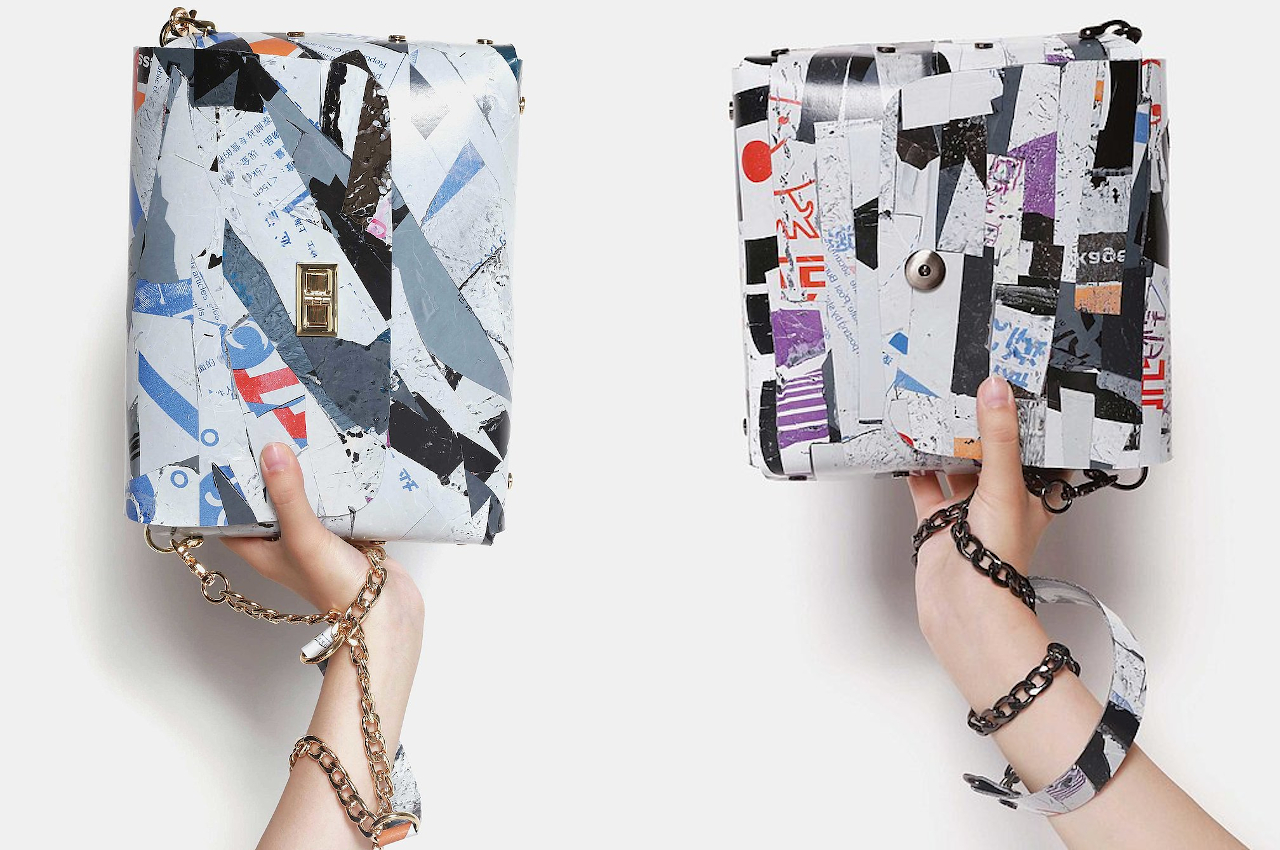
Plain, monochromatic bags might be the trademark of some designer brands, but more and more accessories these days are taking on more expressive and complicated designs. Some might even look like an incoherent jumble of colors, texts, and shapes, giving bags, shirts, and apparel some personality and energy. They almost scream, given their unorthodox mix of design elements, letting everyone in the room know and acknowledge their presence. Given those trends and expectations, these bags might be head-turners and attention-grabbers in the most positive ways. It won’t be until you take a closer look, however, that you’ll realize that these bags and purposes aren’t just eye-catching; they’re also an excellent way to reuse the growing mass of plastic waste generated by our newfound online shopping habits.
Designers: Yang Hongjun, Song Jiajia, Su Yunpei, Xiao Kaixu, Lan Cuiqin
Click here to enroll for the 2022 Design Intelligence Awards FOR FREE!
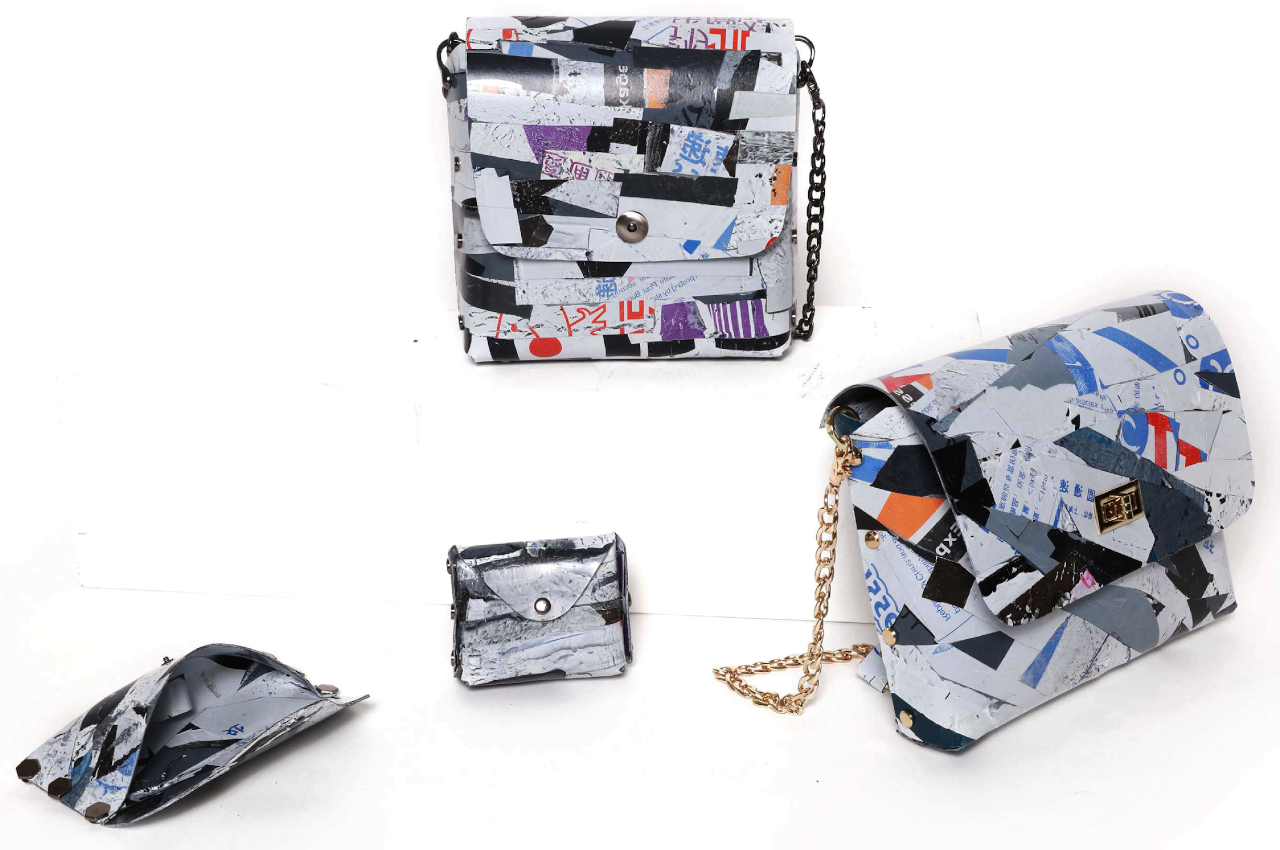
Although it has been around for a long time now, online shopping and deliveries have really taken root in people’s consciousness over the past few years. In addition to convenience, it also generated some safety when people couldn’t go outdoors as freely as before. It created a new economy, which, in turn, also created a new source of waste. Just as we were finally starting to reduce the amount of plastic bags being used in shopping and groceries, express packaging threatens to undo all those wins.
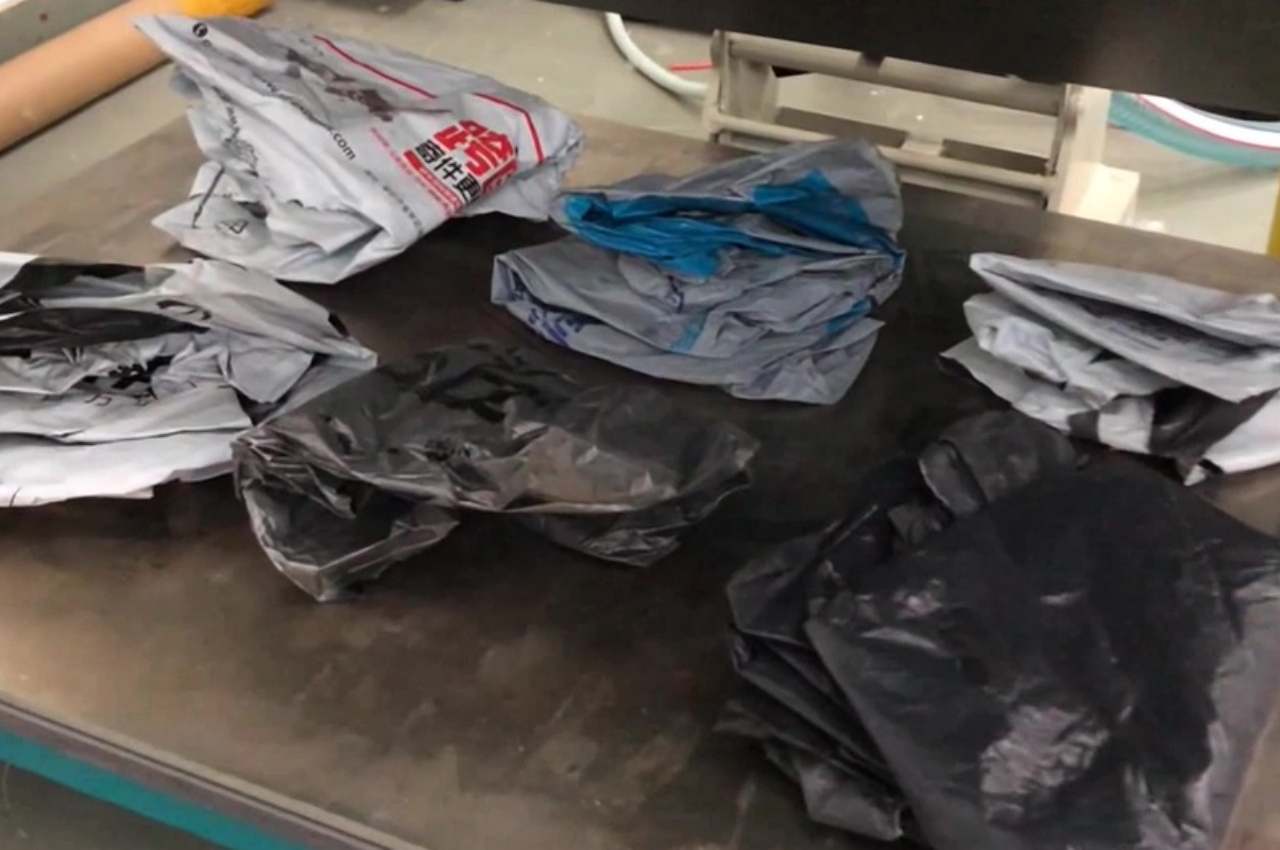
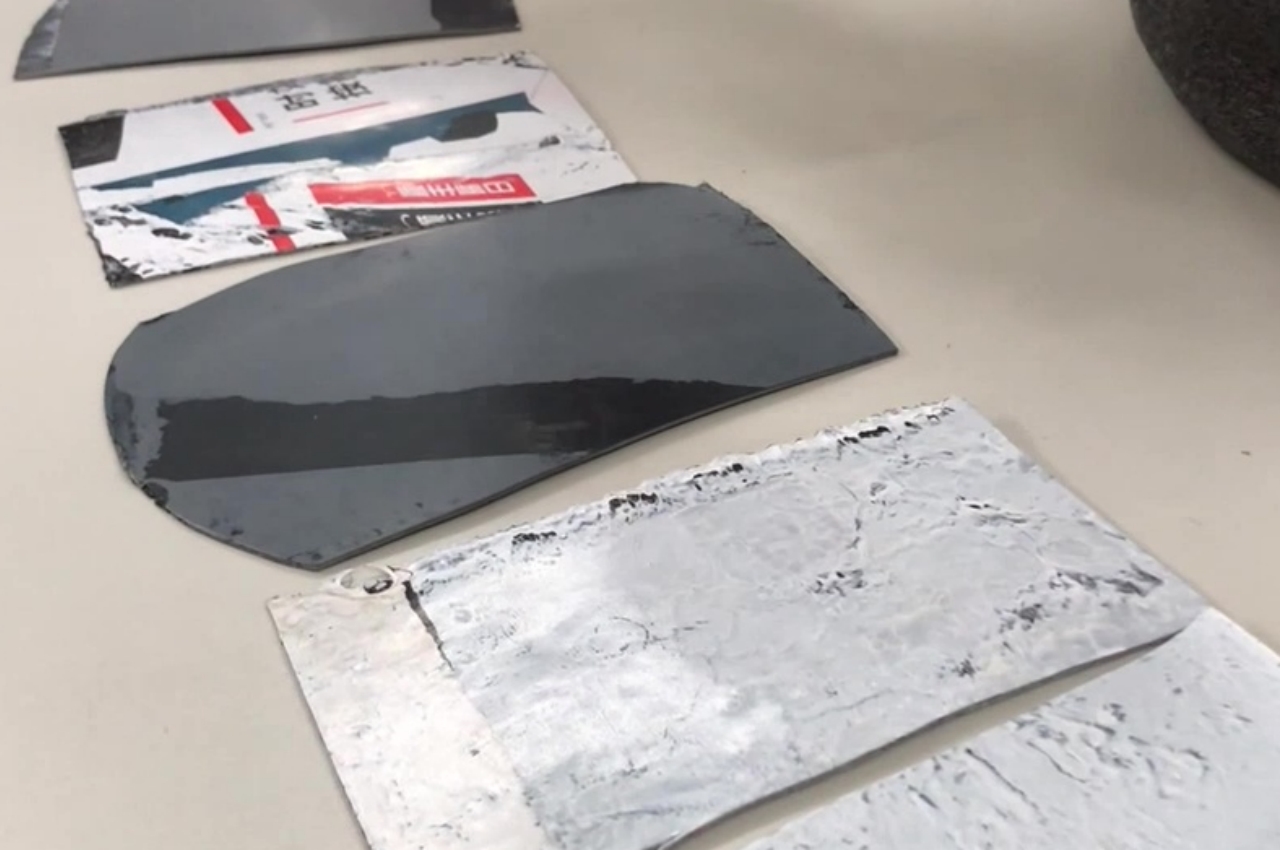
Admittedly, it would be impossible to completely remove plastic from the equation, at least not for products shipped by the masses. As with plastics, mitigating their harmful effects on the environment is the first step in eradicating them, and that usually involves recycling them or, better yet, putting them to use in a different way. Given how distinctive these packaging plastics can be, a group of designers envisioned how they could be used as design elements to make accessories unique and distinctive.
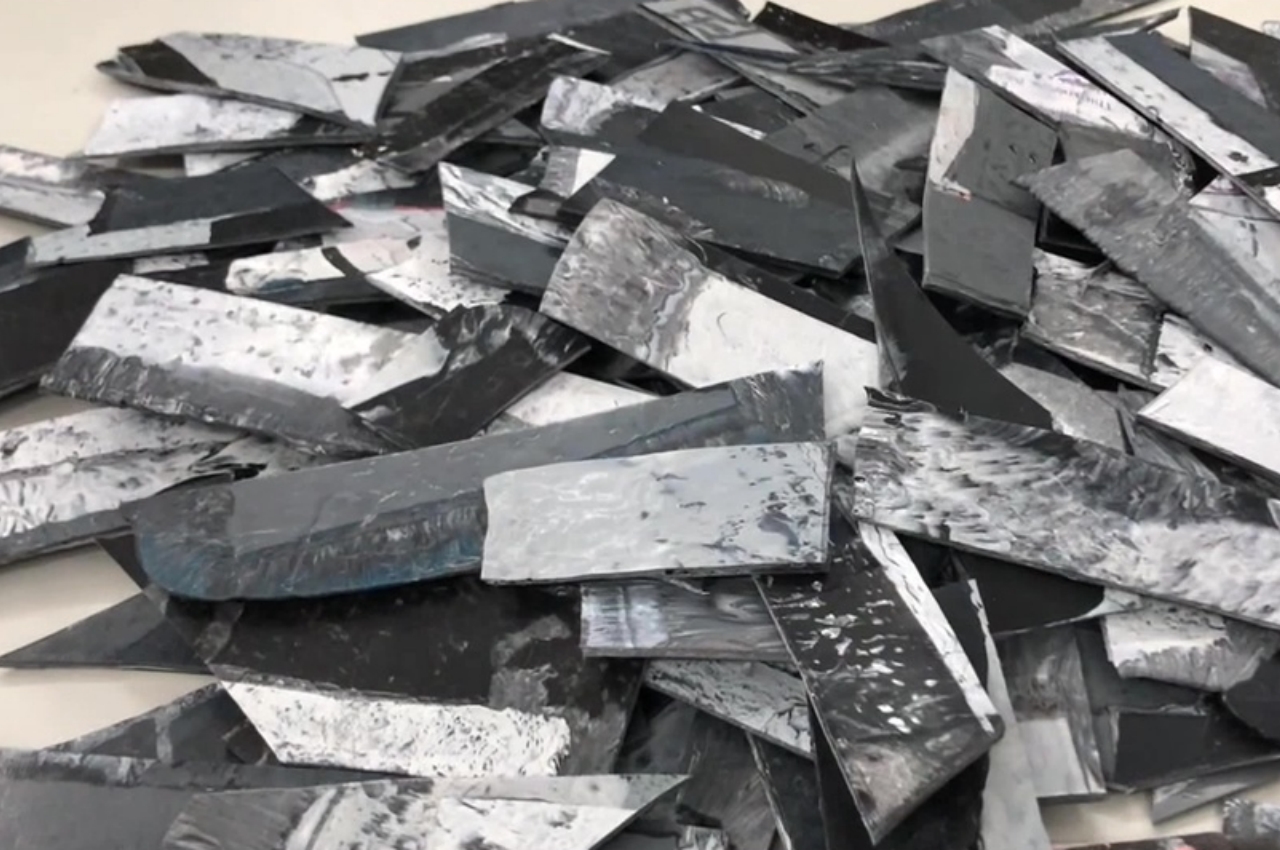
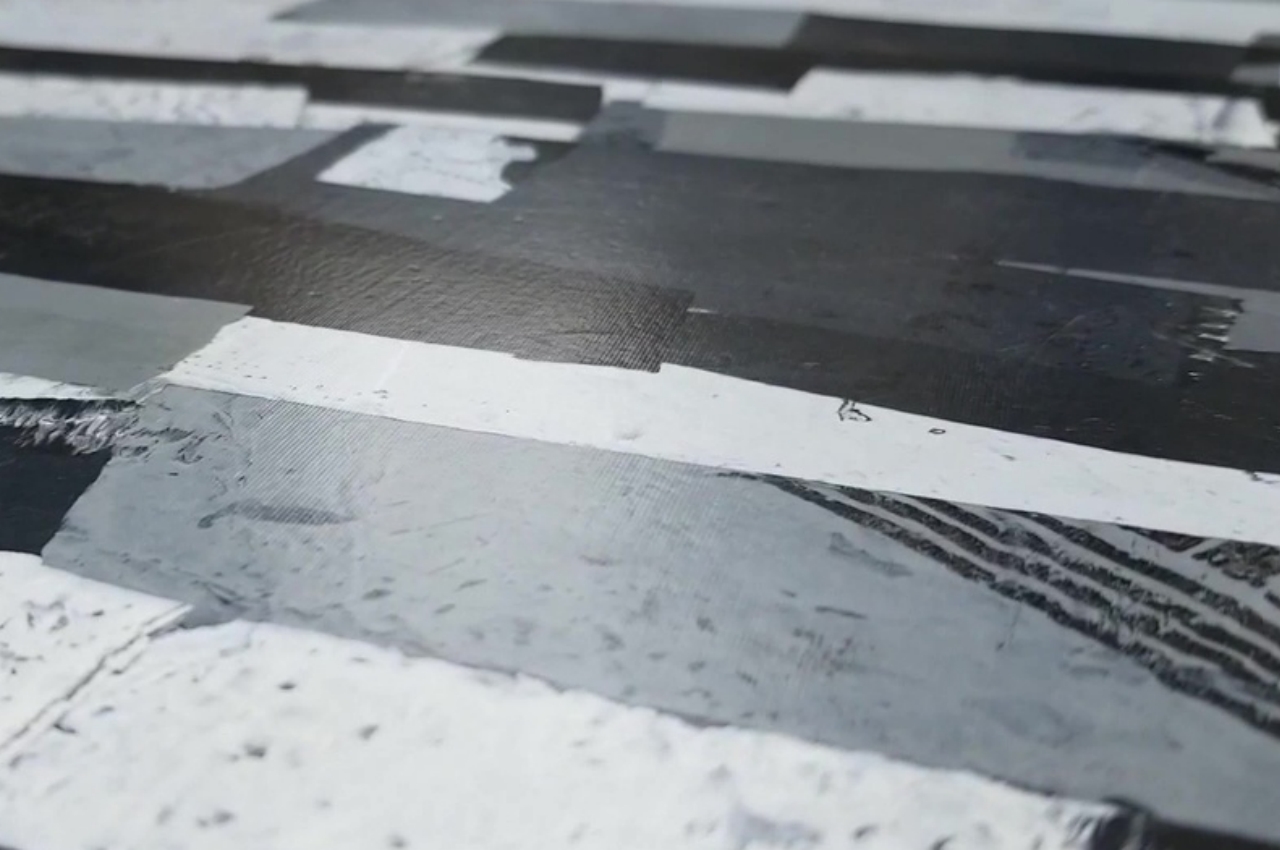
“Re: Express Plastic to Bag” is an attempt to use the varying designs and markings of packaging plastic as a strength rather than the material’s weakness. After removing potentially private information on labels, these plastic pieces are compressed and heated to become more pliable materials that can be cut into strips. These strips of different colors and patterns are then laid out flat and once again baked to be hard enough to be used for making bags.
The final material has the texture of vegetable-tanned leather but the flexibility and water resistance of synthetic materials. A single sheet can be used to create the whole body of the bag, or modular parts can be used to easily swap out damaged areas with recycled plastics. The biggest draw is that while the bags are made from recycled materials, that fact isn’t immediately obvious until you take a close look. And instead of making the bag look cheap, the chaotic patterns and colors of the original packaging designs actually give the accessories their unique visual flavor.
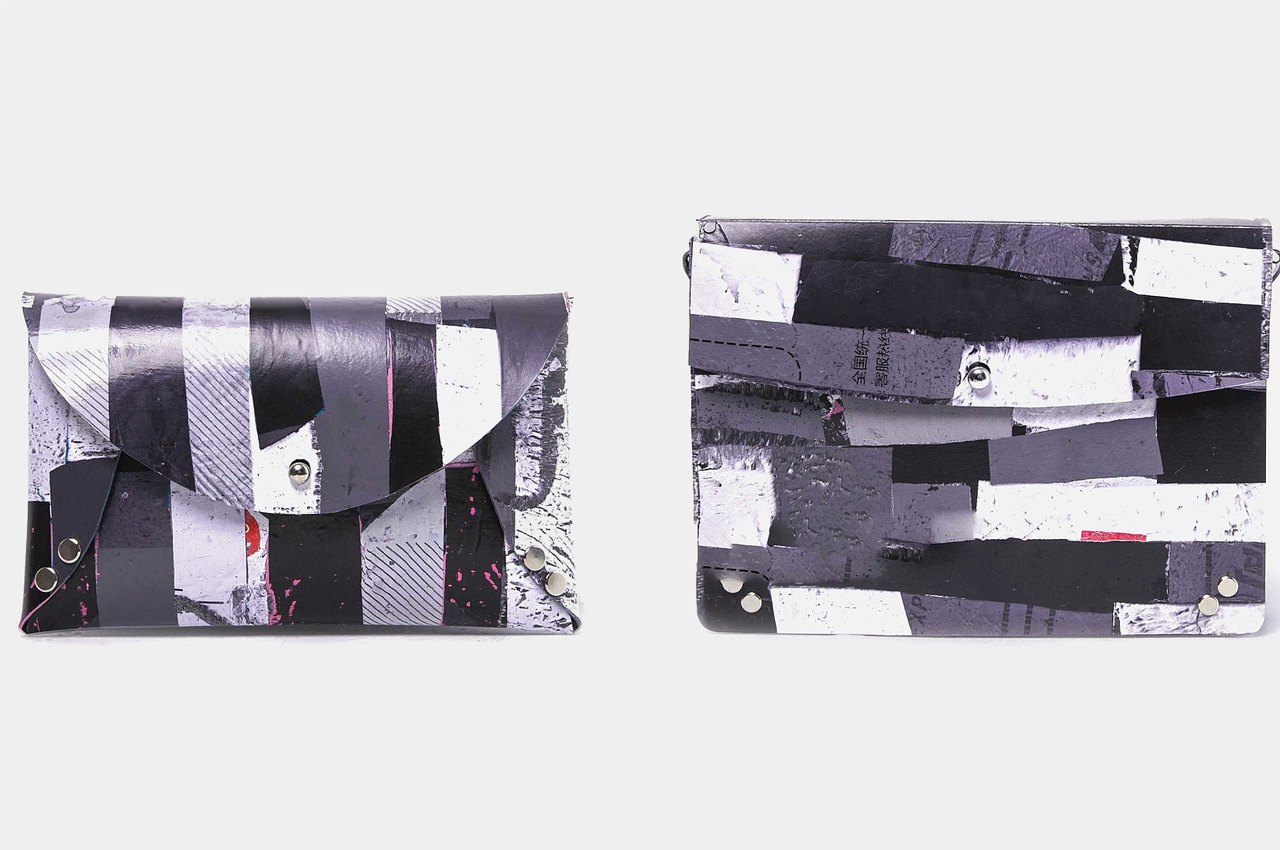
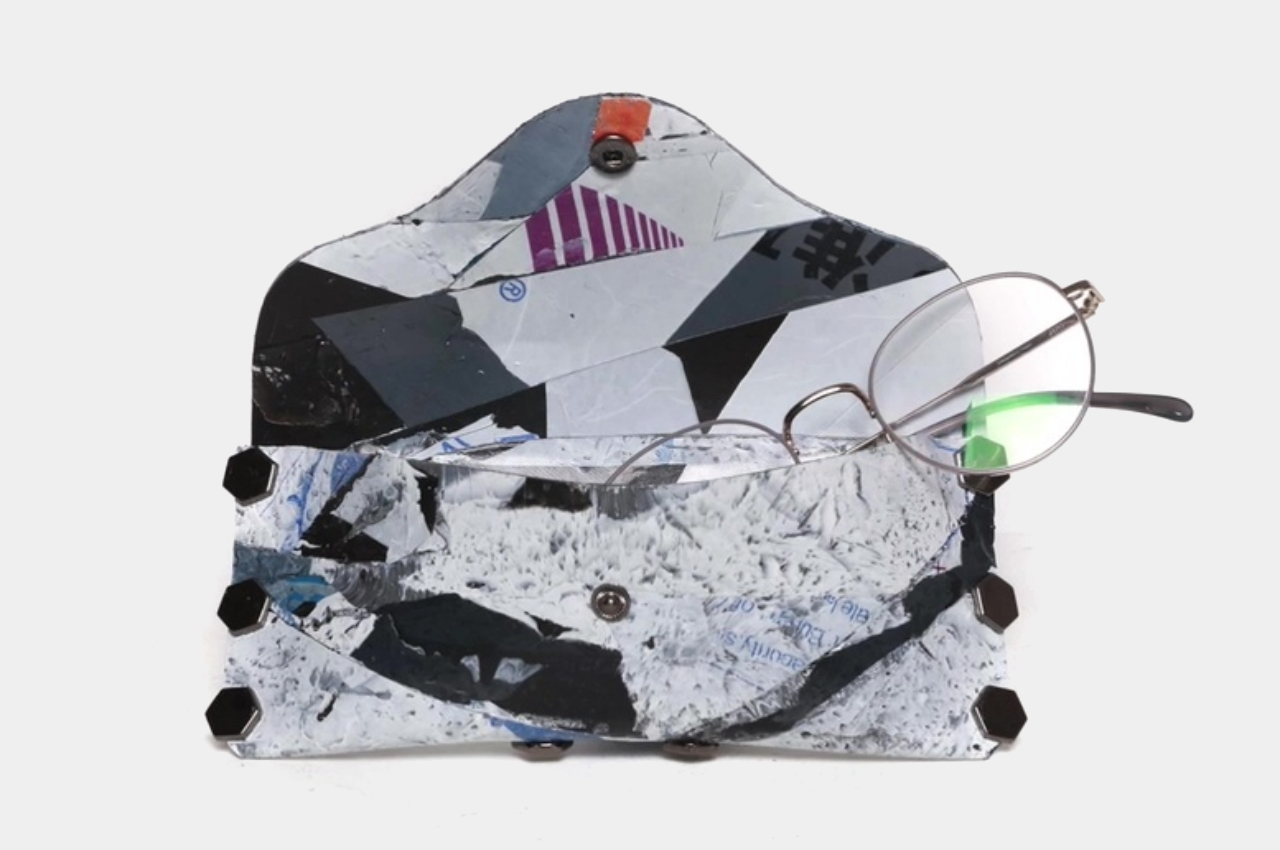
This recycled plastic material has the potential to be used in more products than just handbags and purses, though. They can be used for glass pouches, covers, laptop sleeves, and more. While it does give these non-biodegradable materials a home, it would be better if we actually cut down on their use instead. But since that’s nearly impossible at this point, turning them into something useful and even beautiful is the next best thing we can do.
Click here to enroll for the 2022 Design Intelligence Awards FOR FREE!
